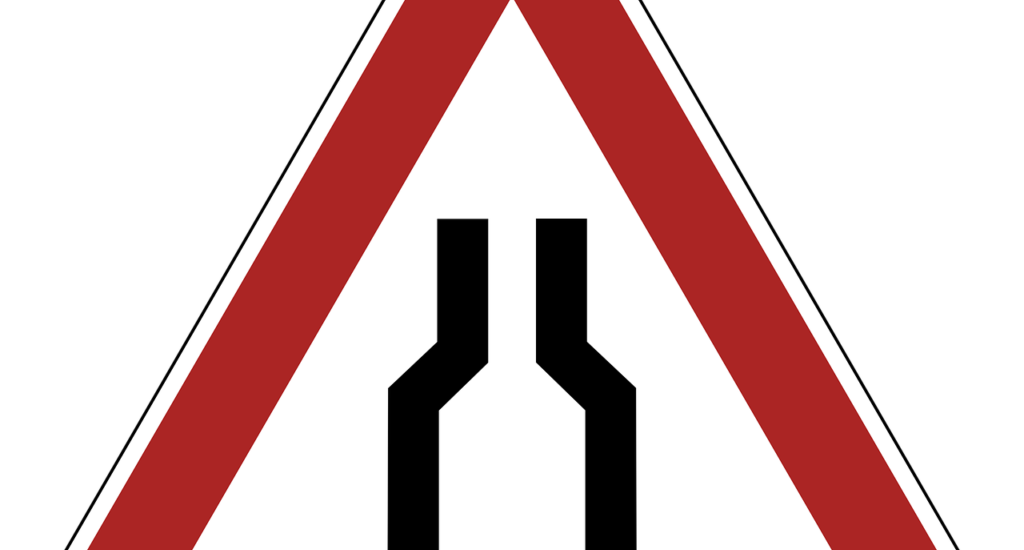Bottleneck
- July 5, 2018
- Posted by: Philip Struble
- Category: Uncategorized

Bottlenecks do have beneficial uses.
I’m reminded of this every time I’m driving and trying to drink coffee from a regular coffee mug. Coffee splashes over my console and down the front of my shirt.
On the other hand, I have no problem drinking from a bottle of water. With the narrow opening, water cannot splash out, and all the water goes into my mouth rather than on me.
That, however, is the end of the benefits of a bottleneck. Bottlenecks are bad in traffic, in a line into a concert, and in business.
In Business
All businesses have bottlenecks.
In my office, we have several. As a company that completes outdoor survey work, our ability to maintain a schedule is dependent on the weather. When the weather is poor, our designers are forced to wait for surveys to be completed before they can proceed.
Another consistent bottleneck in my office is accepting too much work. Recently, drops in construction costs resulted in many clients contacting us at the same time to start new projects. With more work coming in that we can complete, some of the new projects had to wait.
These are all bottlenecks that we recognize and have come to accept as part of our regular operation. But many bottlenecks in business need not be accepted. Once recognized, we need to decide if each bottleneck should be accepted as part of our business or eliminated.
Typical bottlenecks found in small and entrepreneur businesses that can be eliminated include:
- Too Many Ideas: Entrepreneurs are often idea people, and their ideas frequently overload their business capacities. The trick is to manage these ideas and to perform triage on the list of ideas keeping only the most promising ones.
- No Capacity for Growth: Budgets drive small companies. And these budgets determine the staffing levels and operational capacities. So, the challenge is to increase these capacities to allow for growth yet keep the operational budgets at reasonable levels.
- Lack of Integration: How well does your accounting system talk to your client management system to your operating management system? Any one of those systems could be your bottleneck to future growth.
- Communication System: Is your inbox a black hole? Does your cell phone permanently announce its message box is full? Your communication system needs to be treated as a business tool, and as such needs to be regularly managed.
Management Style
More frequently than not, when people picture a bottleneck in the business world, they envision a manager who is over-bearing and micro-managing. The question all managers should frequently ask themselves is “am I a bottleneck to my business?”.
Ron Edmondson wrote an insightful blog on the “Seven Characteristics of the Bottleneck Leader.” In it, he outlined several leadership characteristics that should give us pause for consideration. Does any of these characteristics describe you?
- Every decision goes through you.
- New ideas are discouraged.
- You are resistant to any changes.
- There is no clear vision.
- Never delegates.
- Do not recruit potential leaders.
- Only you can launch new initiatives.
Bottlenecks in business are not unusual or uncommon. All bottlenecks, including the ones caused by you, need to be identified and either accepted as part of your business or eliminated.
The Bible
Moses escaped from Egypt with about two million former slaves (see the book of Exodus for the whole story). These slaves are the product of generations of slaves who have never had the opportunity or responsibility to think for themselves. Their masters dictated every action every day. Moses was the only person who had decision-making experience.
Throughout their time of wandering in the desert, Moses instituted business practices that forced him not to be the bottleneck in managing and organizing the Israelites. He listened to the people, searched out others with leadership capabilities, let leaders lead, and turned people loose to do what they needed to do.
To recognize the bottlenecks in your business, follow the same steps of Moses.
- Listen: As managers or leaders, it can often be hard to see when we are the issue. Ask for feedback and advice from your trusted staff. Have them identify the bottlenecks, including where you may be the culprit.
- Search: Bottlenecks can often be overcome with improved processes or leadership. Find others, both inside and outside your organization, who can help.
- Lead: When delegating, make sure your employees know they can take action and make decisions.
- Turn People Loose: Let your employees do their jobs.
Not all bottlenecks can be controlled. But when they can, it is your job as a leader to work to eliminate them.
